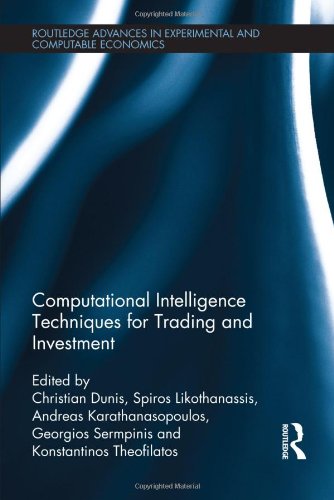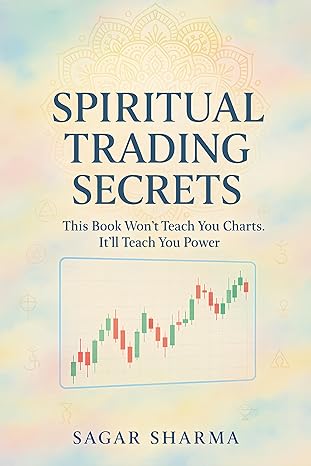دانلود کتاب Computational Intelligence Techniques for Trading and Investment - Original PDF
Author:
Christian Dunis, Spiros Likothanassis, Andreas Karathanasopoulos, Georgios Sermpinis, Konstantinos Theofilatos
0 (0)
توضیحات کتاب :
Computational intelligence, a sub-branch of artificial intelligence, is a field which draws on the natural world and adaptive mechanisms in order to study behaviour in changing complex environments. This book provides an interdisciplinary view of current technological advances and challenges concerning the application of computational intelligence techniques to financial time-series forecasting, trading and investment. The book is divided into five parts. The first part introduces the most important computational intelligence and financial trading concepts, while also presenting the most important methodologies from these different domains. The second part is devoted to the application of traditional computational intelligence techniques to the fields of financial forecasting and trading, and the third part explores the applications of artificial neural networks in these domains. The fourth part delves into novel evolutionary-based hybrid methodologies for trading and portfolio management, while the fifth part presents the applications of advanced computational intelligence modelling techniques in financial forecasting and trading. This volume will be useful for graduate and postgraduate students of finance, computational finance, financial engineering and computer science. Practitioners, traders and financial analysts will also benefit from this book.
سرچ در وردکت | سرچ در گودریدز | سرچ در اب بوکز | سرچ در آمازون | سرچ در گوگل بوک
1,213 بازدید 0 خرید










